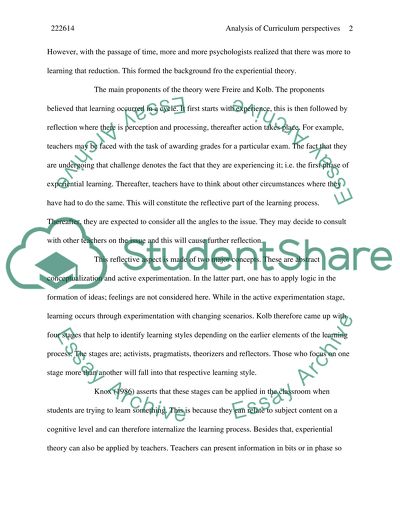Cite this document
(Existing Perspectives on the Nature of the Hidden Curriculum Literature review, n.d.)
Existing Perspectives on the Nature of the Hidden Curriculum Literature review. https://studentshare.org/education/1517555-analysis-of-curriculum-perspectives
Existing Perspectives on the Nature of the Hidden Curriculum Literature review. https://studentshare.org/education/1517555-analysis-of-curriculum-perspectives
(Existing Perspectives on the Nature of the Hidden Curriculum Literature Review)
Existing Perspectives on the Nature of the Hidden Curriculum Literature Review. https://studentshare.org/education/1517555-analysis-of-curriculum-perspectives.
Existing Perspectives on the Nature of the Hidden Curriculum Literature Review. https://studentshare.org/education/1517555-analysis-of-curriculum-perspectives.
“Existing Perspectives on the Nature of the Hidden Curriculum Literature Review”. https://studentshare.org/education/1517555-analysis-of-curriculum-perspectives.


